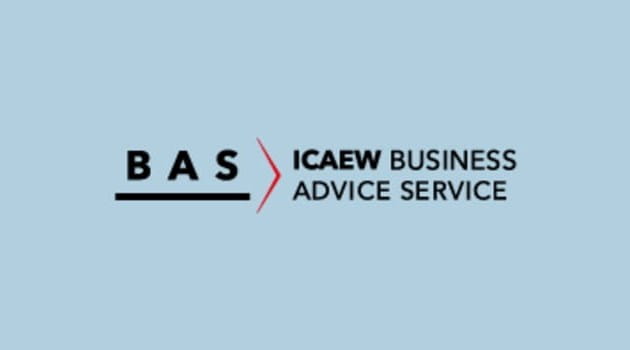Two UK government-backed schemes in particular offer tax reliefs for investors: the seed enterprise investment scheme (SEIS) and the enterprise investment scheme (EIS).
An external shareholder in a small startup under the SEIS will get 50% income tax relief on the amount they pay to subscribe for qualifying shares, according to Peter Tucker, partner at Dickinsons Chartered Accountants. “And if they hold those shares for at least three years, any capital gain on their subsequent disposal is tax free.”
Under the EIS, which applies to slightly larger companies, investors could enjoy a tax rebate of 30%. “That's still quite generous,” Tucker says. “And both of the schemes could also be used to shelter other capital gains.”
Both schemes offer attractive tax relief for investors, Tucker notes, adding that he helps 10 to 12 companies a year to raise funds through them. “When the opportunity arises, I recommend using that as a mechanism for raising funds,” he says.
“In order for an investor to have confidence that they will get the tax relief, we recommend making an advance assurance application to HMRC that the proposed trade qualifies for EIS tax relief,” Tucker explains.
Once the shares have been issued, the company completes the compliance statement EIS1. This includes details about the shareholders and the amounts they have invested as well as details about the company itself.
Various documents need to be submitted with the EIS1, if advance assurance has not already been obtained or there have been changes to those documents since assurance was obtained. These include:
- the company’s business plan and financial forecasts,
- a copy of the latest accounts if available,
- which companies will use the investments (if part of a group), and
- details of all trading and activities to be carried out.
“And here lies the difficulty,” Tucker says, “because small companies might not have all the necessary financial forecasts. For example, the forecast needs to actually show that the funds raised will be used within a two-year time limit, so it is very much an education process with our clients.”
It is relatively easy and quick to get advance assurance from HMRC, with usually a 30-day turnaround, and in the height of the pandemic, Tucker says he even got a response within four days- “clearly HMRC was not receiving many applications.”
Tucker has never had an application refused by HMRC, but he has had some that he realised were not eligible for the scheme. Some companies did not have qualifying trades, and others had been trading for 10 years whereas for EIS, for example, the investment must have been received within seven years of its first commercial sale.
“Some of the work I do is for non-UK companies, which are able to qualify, providing they have a branch or office in the UK,” he highlights.
Companies keen to apply for these schemes require a proper business plan and some form of track record, Tucker says. “Occasionally I get introduced far too early in the day, advising companies that have just been formed. The owners often have ideas but they need to be developed a little further before any prospective investors can be made comfortable that the company is worth investing in.”
Find out more:
Insights Special: Access to finance
ICAEW Insights examines the finance options and support available to businesses, as well as the challenges they face in obtaining it.




